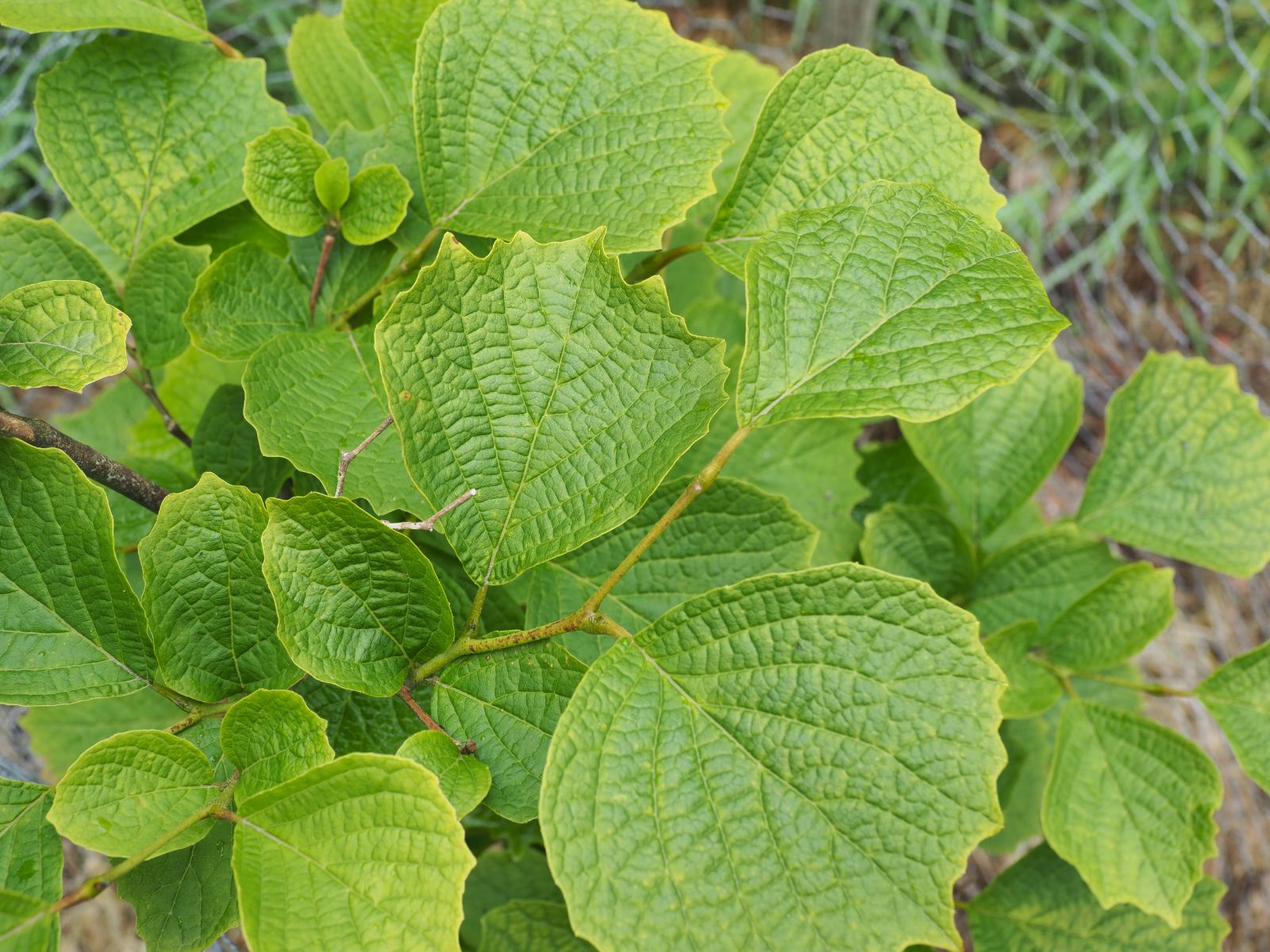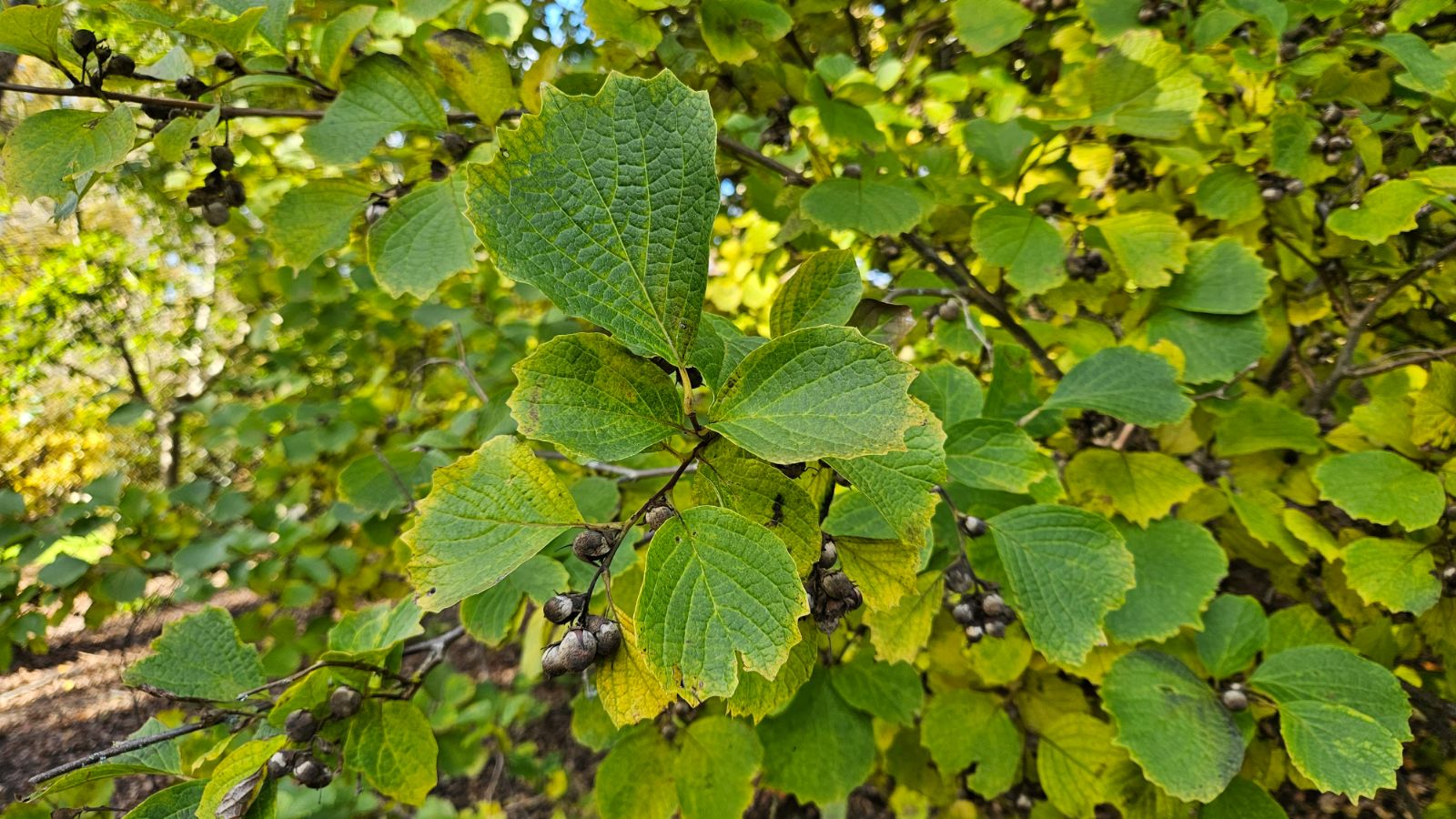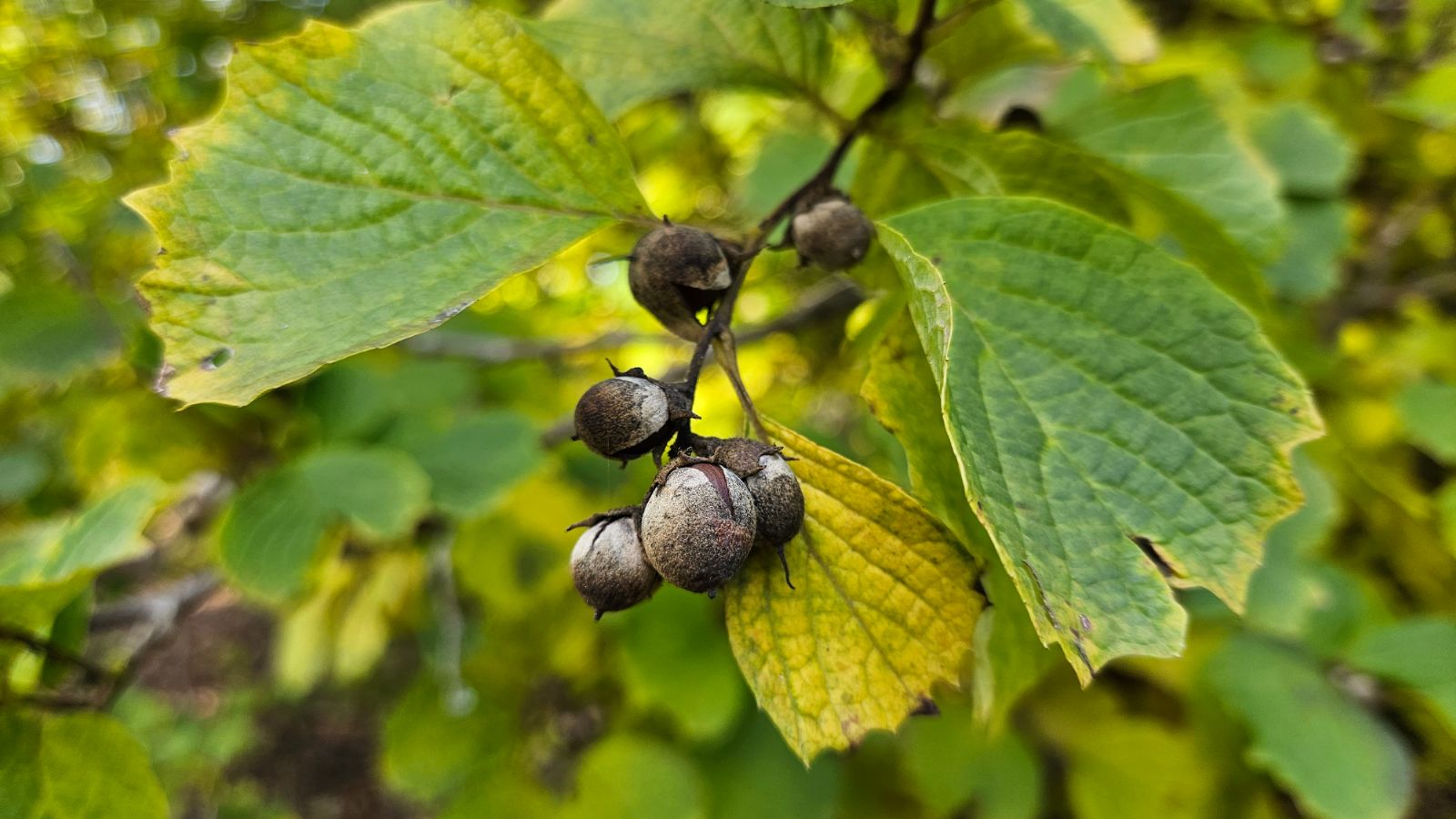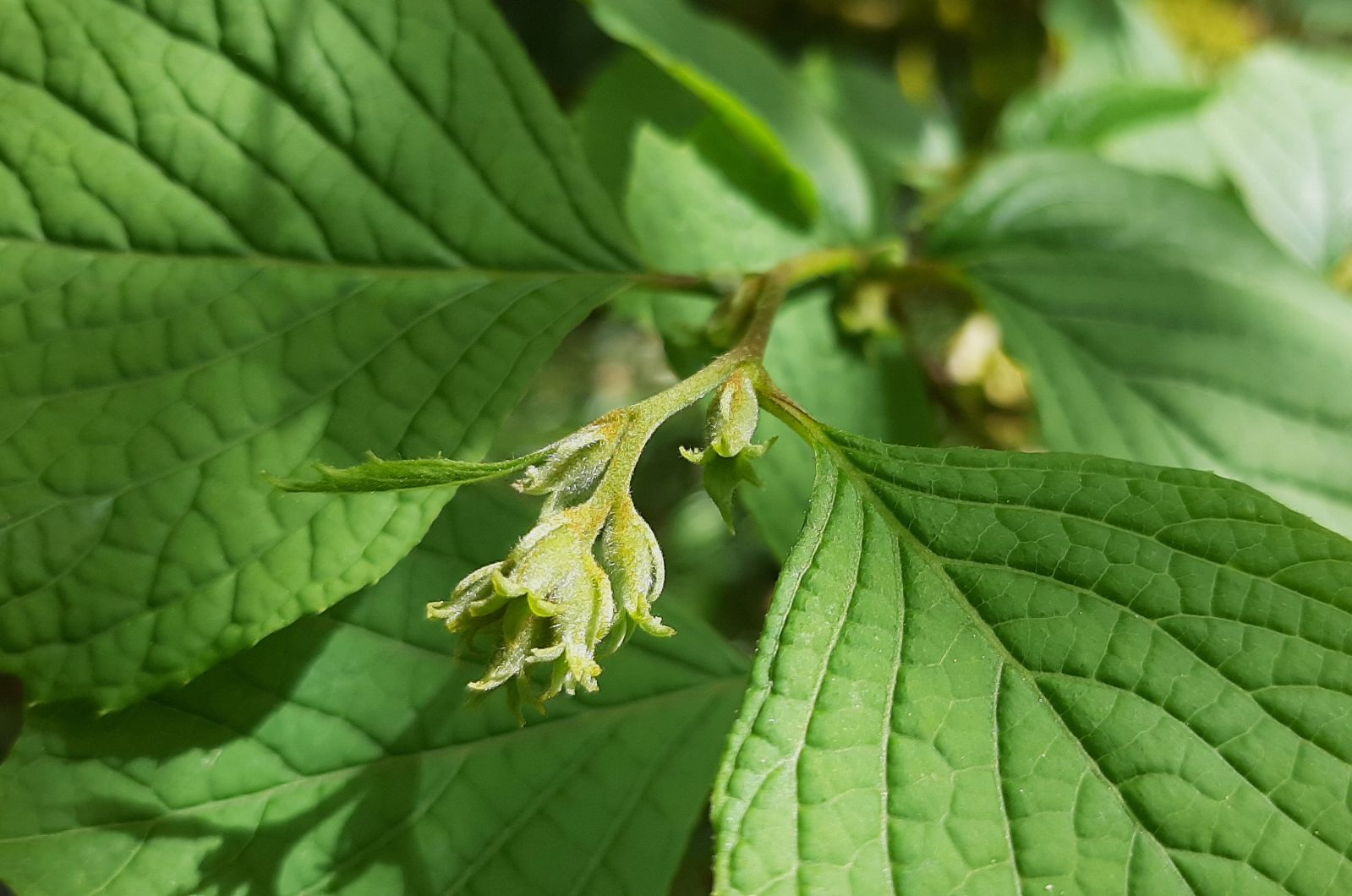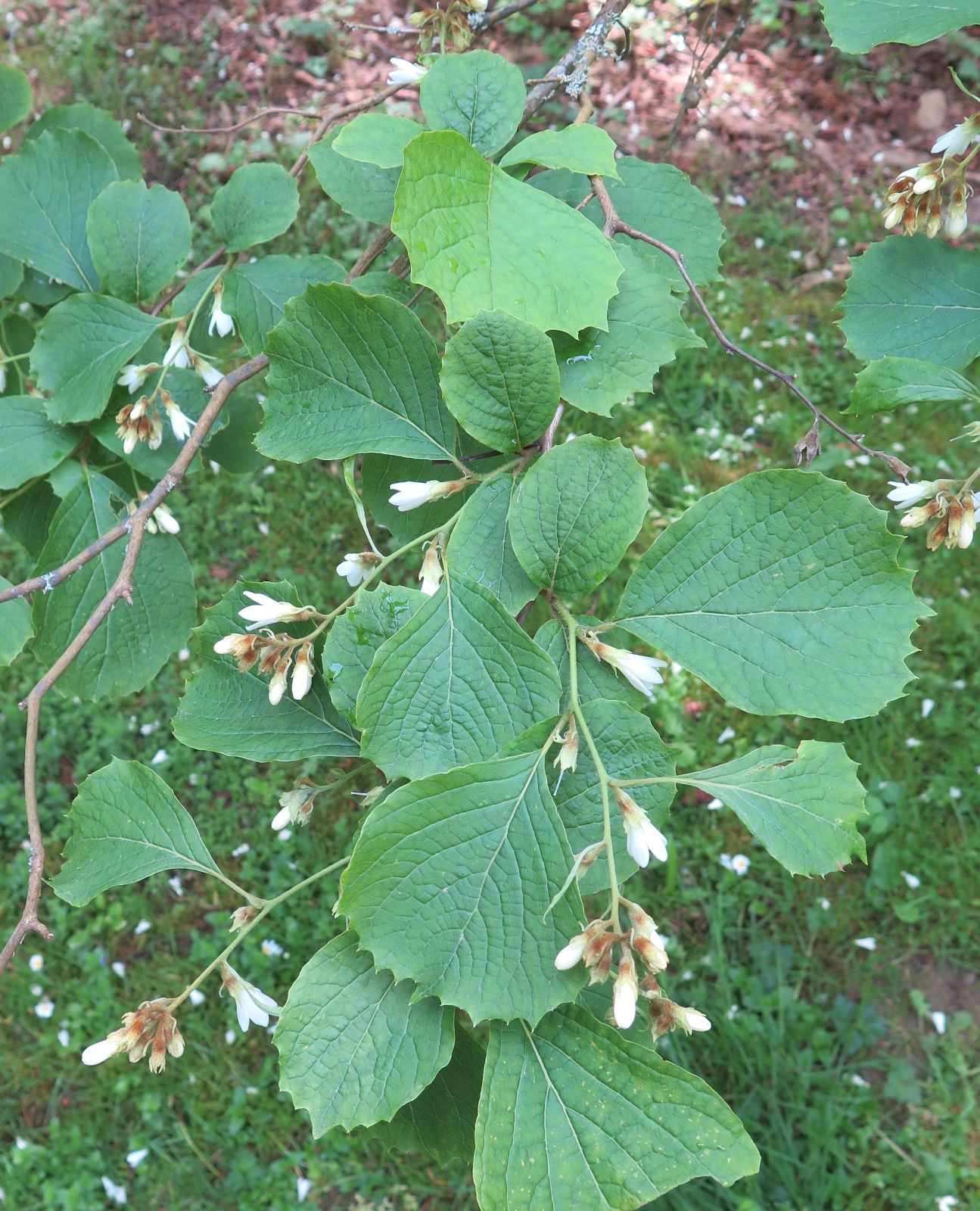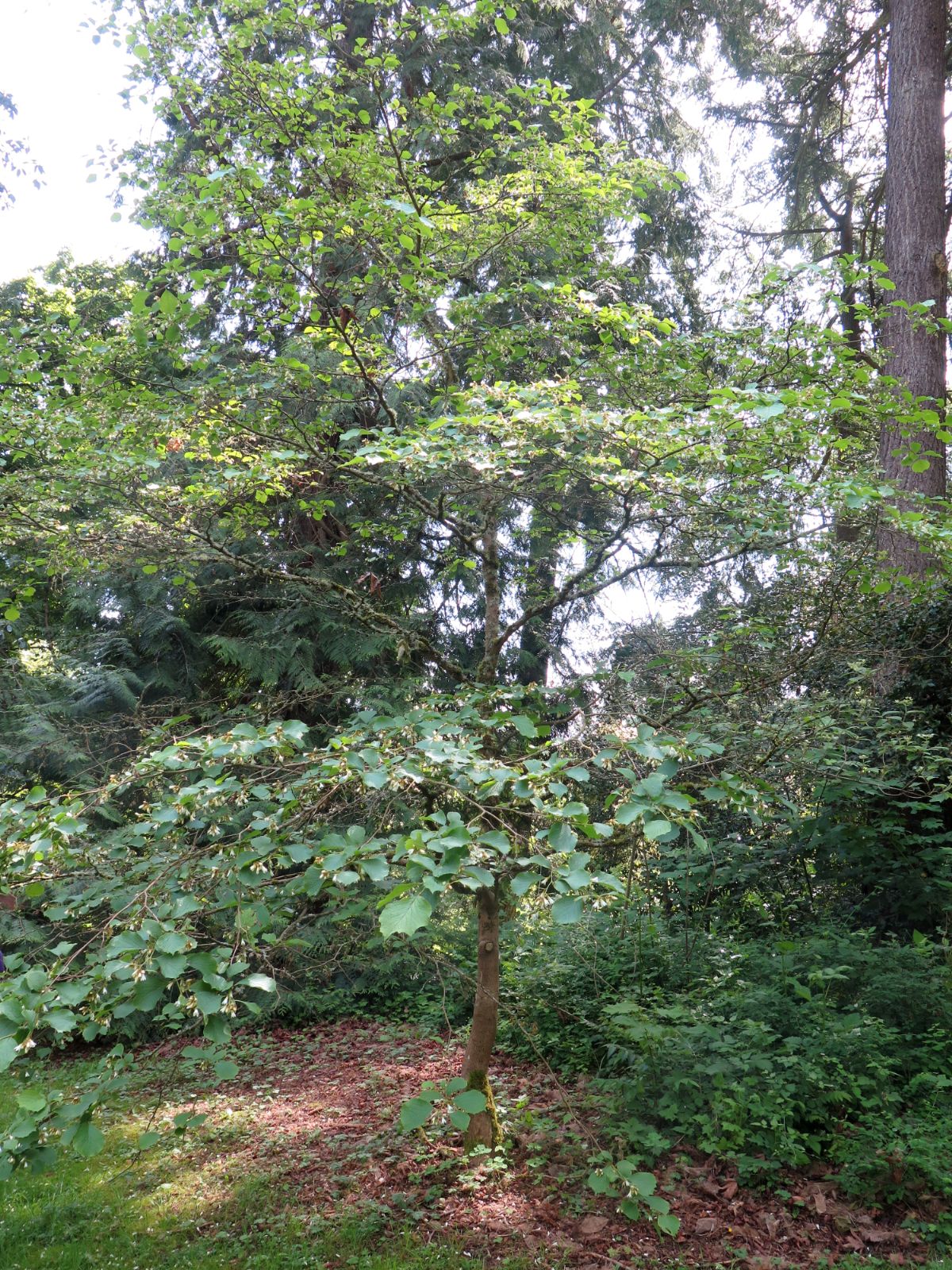Styrax shiraianus
Sponsor
Kindly sponsored by
Arabella Lennox-Boyd
Credits
Alan Elliott (2018)
Recommended citation
Elliott, A. (2018), 'Styrax shiraianus' from the website Trees and Shrubs Online (treesandshrubsonline.
Genus
Other taxa in genus
- Styrax americanus
- Styrax calvescens
- Styrax confusus
- Styrax dasyanthus
- Styrax faberi
- Styrax formosanus
- Styrax grandifolius
- Styrax hemsleyanus
- Styrax hookeri
- Styrax japonicus
- Styrax limprichtii
- Styrax obassia
- Styrax odoratissimus
- Styrax officinalis
- Styrax platanifolius
- Styrax redivivus
- Styrax serrulatus
- Styrax suberifolius
- Styrax tonkinensis
- Styrax wilsonii
- Styrax wuyuanensis
Tree 3–8 m; branchlets yellow or brown stellate tomentose becoming glabrescent; Leaves papery, 8–10 × 7–9.5 cm, broadly obovate to rhomboid orbicular, sparsely stellate pubescent or glabrescent, four to six secondary vein on each side of the mid-rib, margin serrulate toward base, dentate towards apex, apex rounded to short-caudate; petiole 0.8–1.5 cm. Inflorescence pseudoterminal racemes, 3–11-flowered, 2–3 cm long, yellow stellate tomentose, sometimes with solitary axillary flowers; pedicels c. 0.1 cm. Flowers 1.5–2.0 cm long; calyx five to eight-toothed; corolla tube 1.0–1.2 cm long, corolla lobes 0.6–0.8 cm long, ovate, densely stellate tomentose. Stamen shorter than corolla, filaments sparely pilose. Fruit ellipsoid to subglobose, 0.8–1.0 cm long, white stellate tomentose, apex rounded or apiculate. (Ohwi 1965).
Distribution Japan Central and Western Honshu South Korea
Habitat Open deciduous forests, 600–1500 m asl.
USDA Hardiness Zone 9b-10a
RHS Hardiness Rating H3
Conservation status Not evaluated (NE)
Native of Japan, where it is said to be sparingly distributed. This is a very distinct species, firstly in the tube of the corolla being twice as long as the lobes (usually it is shorter) and, secondly, in the shape of the leaves with their broad ends and deep toothing. They bear a considerable resemblance to those of Hamamelis japonica, and after seeing a cultivated plant at Gwavas Station, Hawkes Bay, New Zealand, Tom Christian described the foliage as ‘reminiscent of Corylus avellana’ (T. Christian pers. comm. 2018). S. shiraianus was introduced to the USA in 1915 but did not reach Britain until some thirty years later and it received only a cursory mention in the last volume of Bean when it was considered ‘still too rare in gardens for its merits to be assessed’ (Bean 1981). This seems still to hold true today, although it is offered by several British and European nurseries. The foliage is its chief attraction, as the flowers are held inconspicuously below it.

